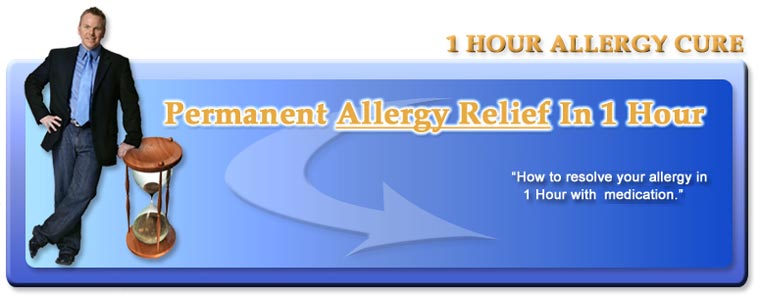Most common allergies that people have include pollen and airborne allergies. The types of symptoms that you can get from these allergens can range from something as simple as hay fever, where commonly many people develop itchy, watery eyes, nasal symptoms of sneezing, watery nose, post-nasal drainage. Or you could also elicit more of an asthmatic reaction, with lower respiratory symptoms consisting of cough, wheezing, chest tightness or difficulty breathing
It is important to see a doctor about any respiratory illness that lasts longer than a week or two. When it appears that the symptoms are caused by an allergy, the patient should see a physician who understands the diagnosis and treatment of allergic diseases.
If your family doctor suspects you might have an allergy, he or she might refer you to an allergist, a person who specializes in allergy treatment, for further testing. The allergy specialist will ask you question both about your own allergy symptoms (such as how often they occur and when) and about whether any family members have allergies. The allergist will also perform tests to confirm an allergy - these will depend on the type of allergy a person has and may include a skin test or blood test.
The most complete way to avoid allergic reactions is to stay away from the substances that cause them (called avoidance). Doctors can also treat some allergies using medications and shots